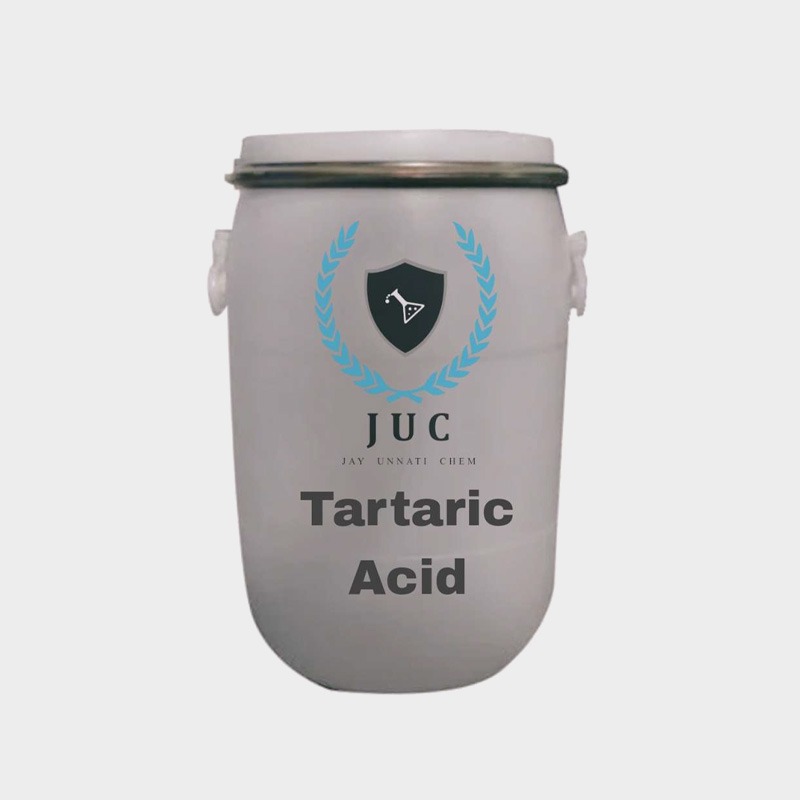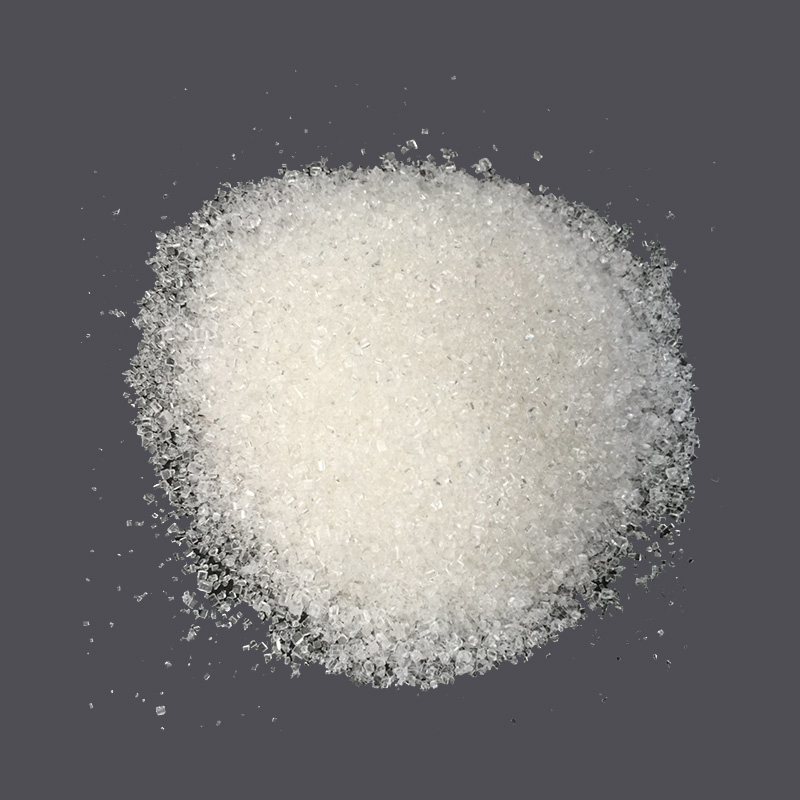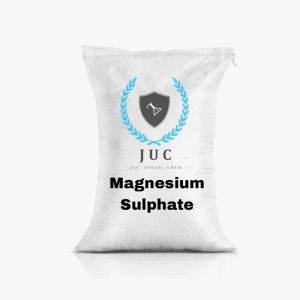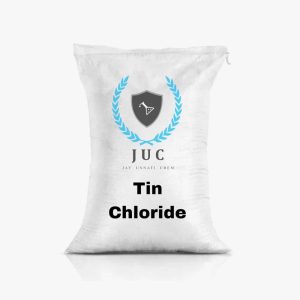Tartaric acid is a naturally occurring organic acid commonly found in a variety of plants, especially grapes, bananas, and tamarinds. Its chemical formula is C4H6O6, and it is one of the primary acids in wine, playing a crucial role in its taste and chemical stability. Tartaric acid exists as a white crystalline powder and is highly soluble in water. This acid was first isolated in the 12th century by the alchemist Jabir ibn Haiyan. In modern times, tartaric acid is widely used in food, pharmaceutical, and industrial applications. One of its most notable uses is as a food additive, where it serves as an acidity regulator, a flavor enhancer, and a stabilizer. For example, tartaric acid is a key ingredient in cream of tartar, used in baking to stabilize egg whites and prevent sugar from crystallizing. In the wine industry, tartaric acid is essential for maintaining the pH balance of wine and influencing its taste, color, and longevity. It also prevents the growth of unwanted microorganisms, ensuring the wine’s stability during fermentation and storage. Tartaric acid has significant applications in the pharmaceutical industry as well. It is used as an excipient in effervescent tablets, aiding in their rapid dissolution. Additionally, it serves as a chelating agent in some medications. Industrial applications of tartaric acid include its use in the production of ceramics, cosmetics , and mirror-making. It is also a component in silvering solutions for mirrors and plays a role in certain chemical syntheses. Tartaric acid has two optically active forms (D- and L-tartaric acid) and one optically inactive form (meso-tartaric acid). This stereoisomerism makes it an important compound in stereochemistry studies. Overall, tartaric acid is a versatile and indispensable compound in various sectors. Its multifaceted properties make it valuable not only in food and beverages but also in scientific, medical, and industrial domains.
Tartaric Acid
| Cas No : | 87-69-4 |
| Formula : | C4H6O6 |
| Hsn Code : | 29181200 |
| Form : | Solid |
| Molecular Weight : | 150.09 g/mol |
| Melting Point : | 170 – 172 °C |
| Boiling Point : | 399.3 °C |






Reviews
There are no reviews yet.